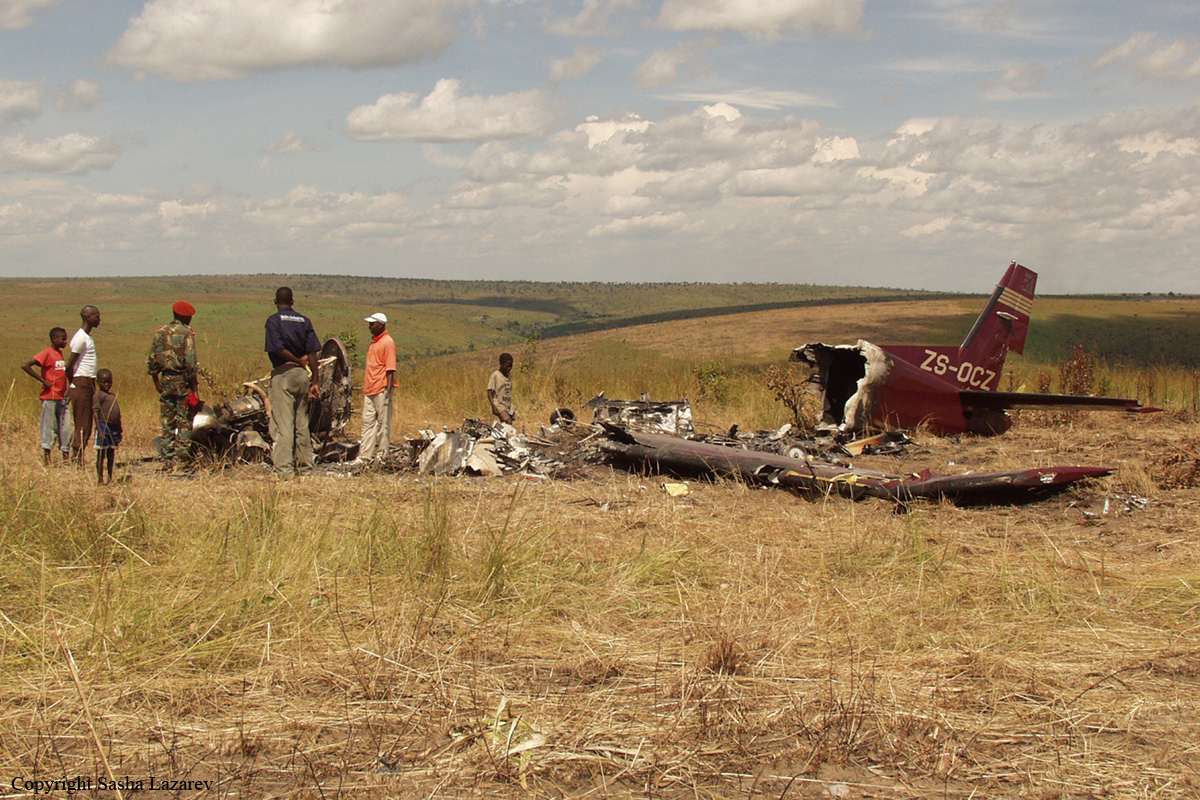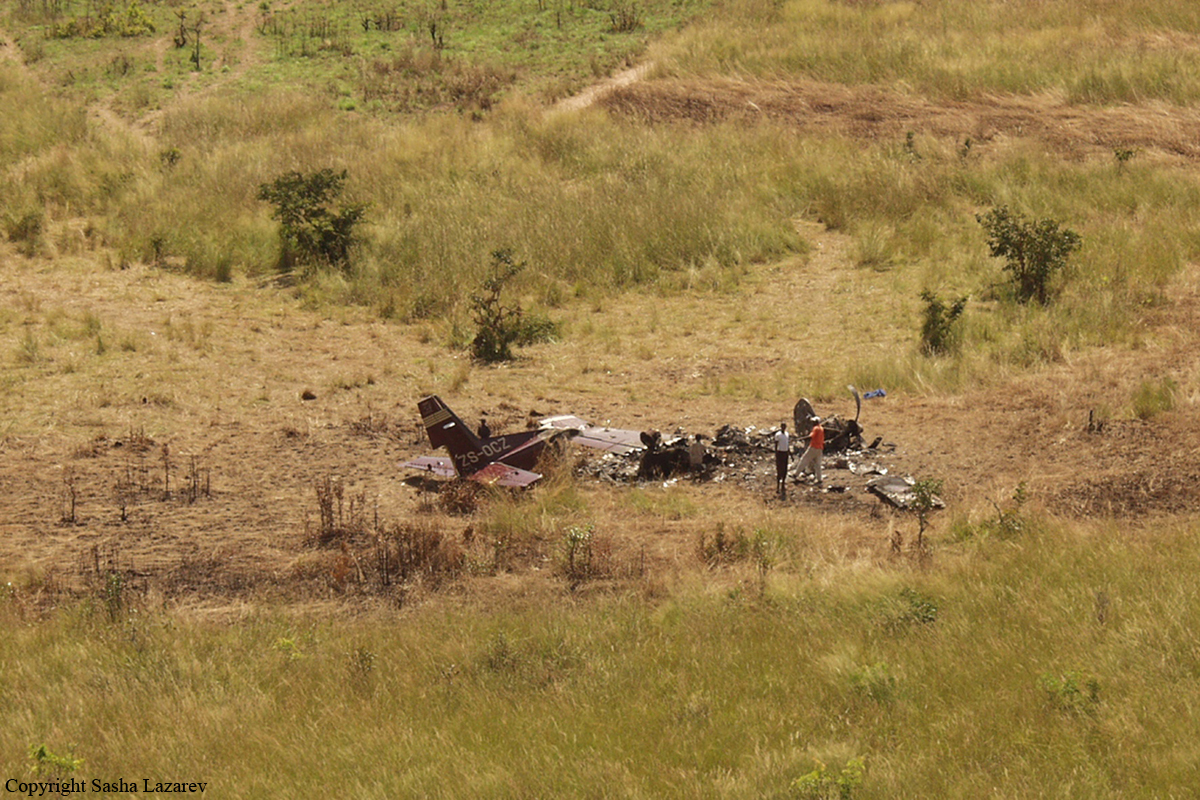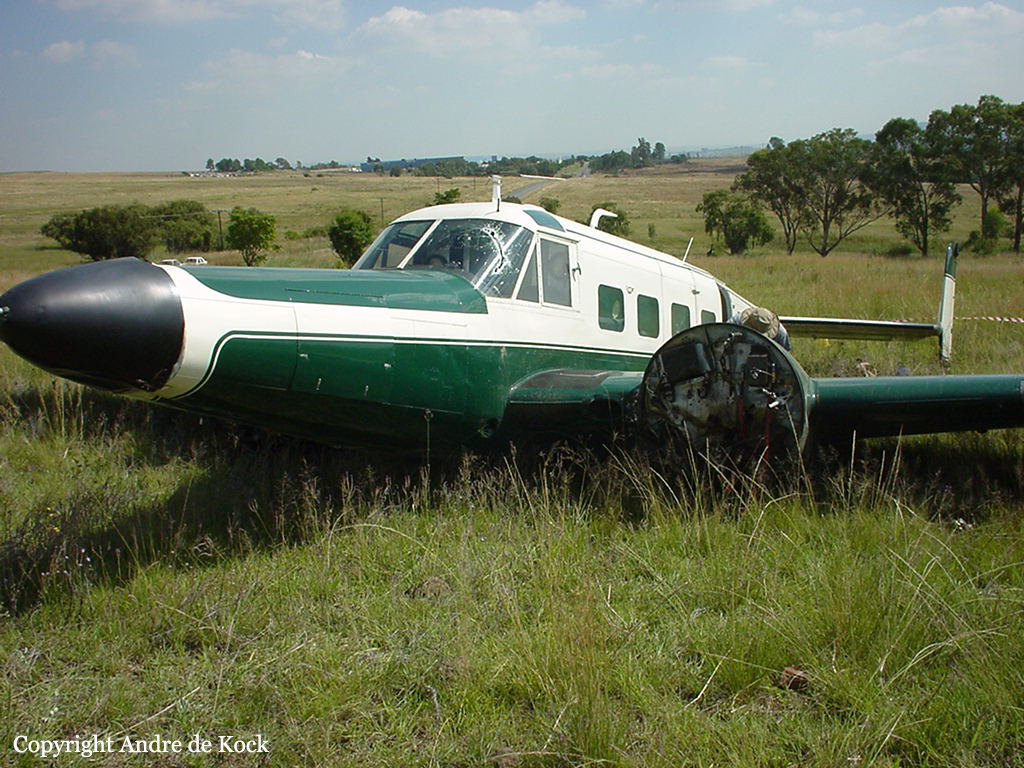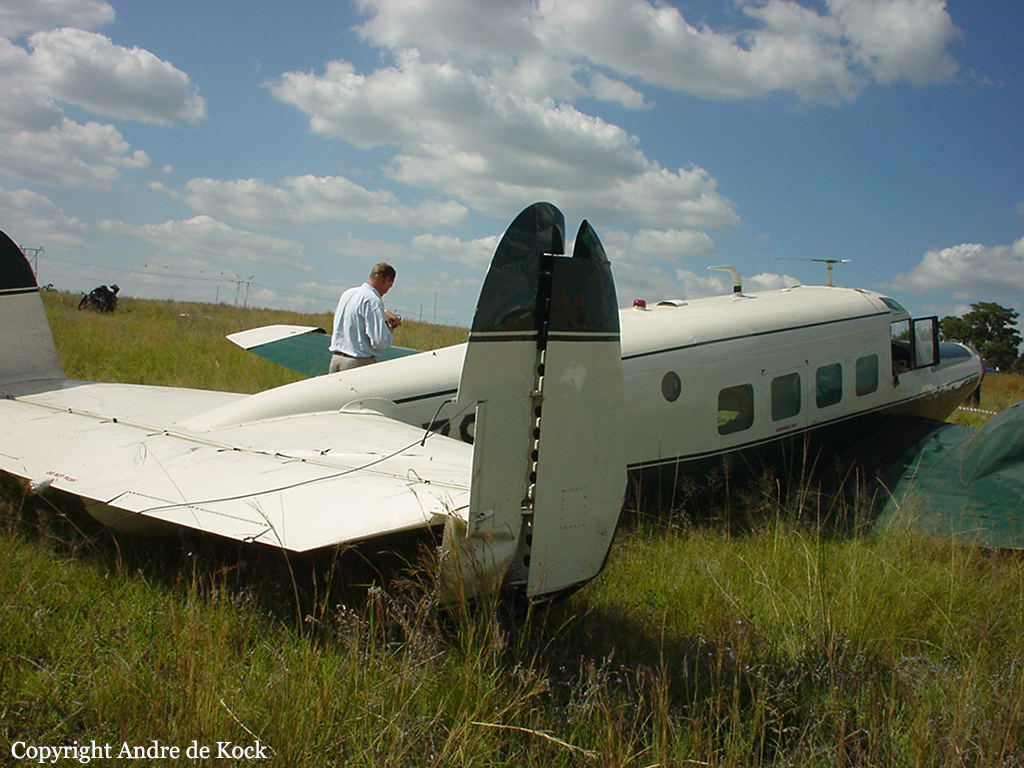Crash of a Vickers 803 Viscount in N'Djamena
Date & Time:
Jul 24, 2001
Registration:
3D-OHM
Survivors:
Yes
Schedule:
N’Djamena – Lomé
MSN:
162
YOM:
1957
Crew on board:
2
Crew fatalities:
Pax on board:
1
Pax fatalities:
Other fatalities:
Total fatalities:
0
Circumstances:
The four engine aircraft was completing a series of cargo flights on behalf of the Chadian Government. During the takeoff roll from N'Djamena Airport runway 23, the pilot-in-command started the rotation when the aircraft deviated to the left of the centerline. The captain decided to abandon the takeoff procedure and reduced power on all four engines. Out of control, the aircraft veered off runway to the left and rolled for about 800 metres before coming to rest with substantial damage to both engines n°1 and 3. All three occupants escaped uninjured while the aircraft was later considered as damaged beyond repair.
















